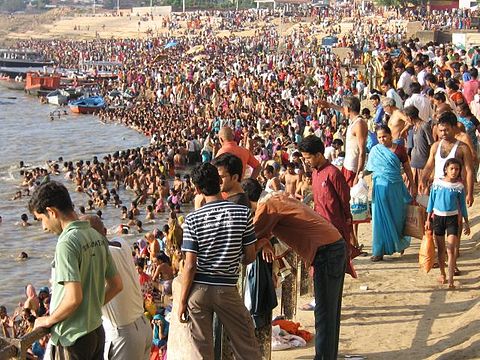
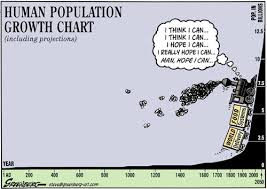
Educational content related to population growth
|
|
|||
|
Educational content related to population growth |
|||
|
|
|||||||||
|
The purpose of this web page is to provide information for ongoing outreach projects with researchers, science teachers in middle and high schools as well as the general public.
|
|||||||||
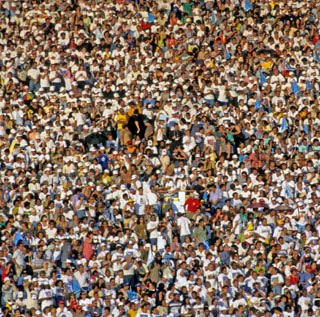 |
|||||||||
| How to estimate population growth? | |||||||||
|
Human Population Counter: |
|||||||||
|
Too often life science is distilled into disparate facts addressing major biological concepts, but lacking purpose for learning and applying knowledge to real world contexts. The driving principle of this project is to build learning modules employing real world scenarios to foster authentic scientific investigation in biological sciences. Content addressed in modules aligns with the Next Generation Science Standards (Achieve, Inc., 2013) for middle and secondary life science, Engineering Design, and Science and Engineering Practices, and promotes critical thinking skills in biological science. |
|||||||||
|
|
|||||||||
|
Using fruit flies as a model
YOUTUBE explanation of these exercises https://www.youtube.com/watch?v=QGeOpMeOm3A
|
1. Population Dynamics and Initial Population Size (MS word or PDF) Every population of organisms is founded by some initial population. This portion of the module will examine how characteristics of the initial population can impact how quickly the population can grow. In sexually reproducing organisms, at least one male and one female must be present in the founding population for the population to ever grow. This module focuses on a particular question; how can altering the ratio of sexes in the initial population change the rate at which the population can grow? 2. Population Dynamics and Food Availability (MS word or PDF) Now, we turn to factors that limit not how quickly a population can grow but to how large it can grow. Every living thing has needs. Food, water, and shelter are examples. If food is limited, individuals in a population have to compete for the same food source. In this portion of the module, we will design and execute an experiment to examine how food availability influences how large a population can grow. 3. Population Dynamics and Space Availability (MS word or PDF) Much like food, space is necessary for an organism to function. If space is limited, individuals in a population have to compete for it. In this portion of the module, we will design and execute an experiment to examine how space availability influences the dynamics of a fruit fly population. |
||||||||
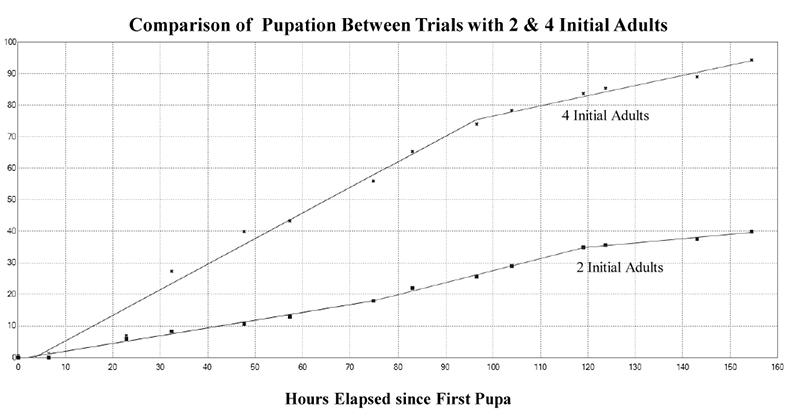 |
|||||||||
|
|
|||||||||
|
Resources: Papers and web links Neat web link for middle and high school students and teachers about Fruit flies http://www.flyfacility.ls.manchester.ac.uk/forthepublic/ 1.
Potter, S., Krall, R.M., Mayo, S. Johnson, D., Zeidler-Watters, K., and
Cooper, R.L. (2016). Population dynamics based on resource availability
and founding effects: Live and computational models. The American Biology
Teacher 78(5): 396-403, ISSN 0002-7685, electronic ISSN 1938-4211 [PDF]. For use by teachers in module development Data
Input Videos Graphs
for Comparison Sample
Data NetLogo Files One needs to download the free netlogo software for these modules to function https://ccl.northwestern.edu/netlogo/download.shtml ....- Module 1 .... Module 2 .... Module 3 Spreadsheet
Templates Student
Handouts Useful
Pictures Useful
Videos |
|||||||||
|
Participants designing this content are : SAMUEL J. POTTER, Dept. of Biol. REBECCA KRALL, Dept. of STEM, Univ. of KY SUSAN MAYO, P-12 Math and Science Outreach Unit of PIMSER, Univ. of KY. DIANE JOHNSON, P-12 Math and Science Outreach Unit of PIMSER, Univ. of KY. KIM ZEIDLER-WATTERS, P-12 Math and Science Outreach Unit of PIMSER, Univ. of KY. ROBIN L. COOPER, Dept. of Biol., & Center for Muscle Biology, Univ. of KY. (Click on icons below for links to groups) |
|||||||||
 |
|||||||||
|
|
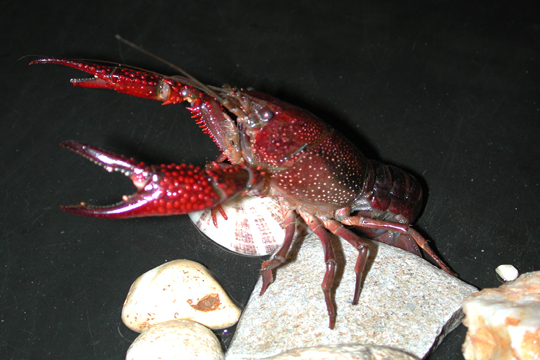 |
||||||||
|
website
maintained by Robin L. Cooper. Contact: RLCOOP1 at UKY.EDU |